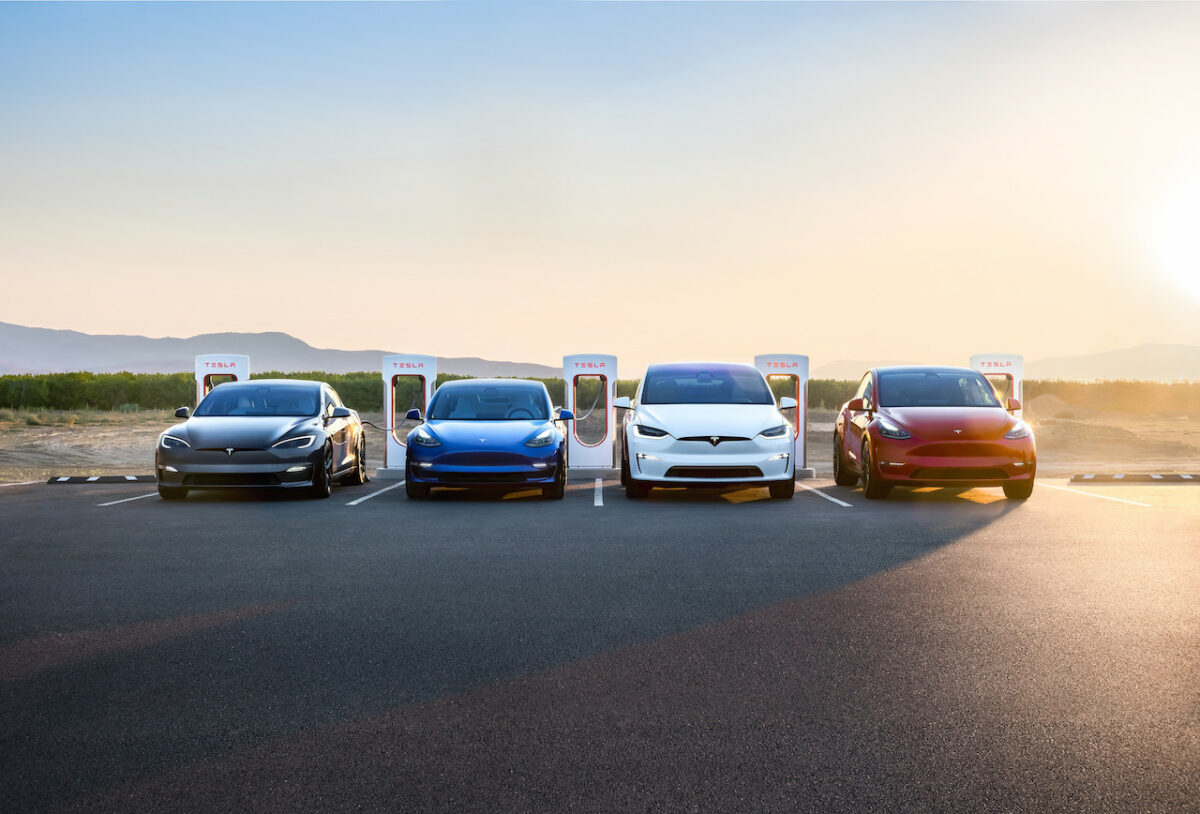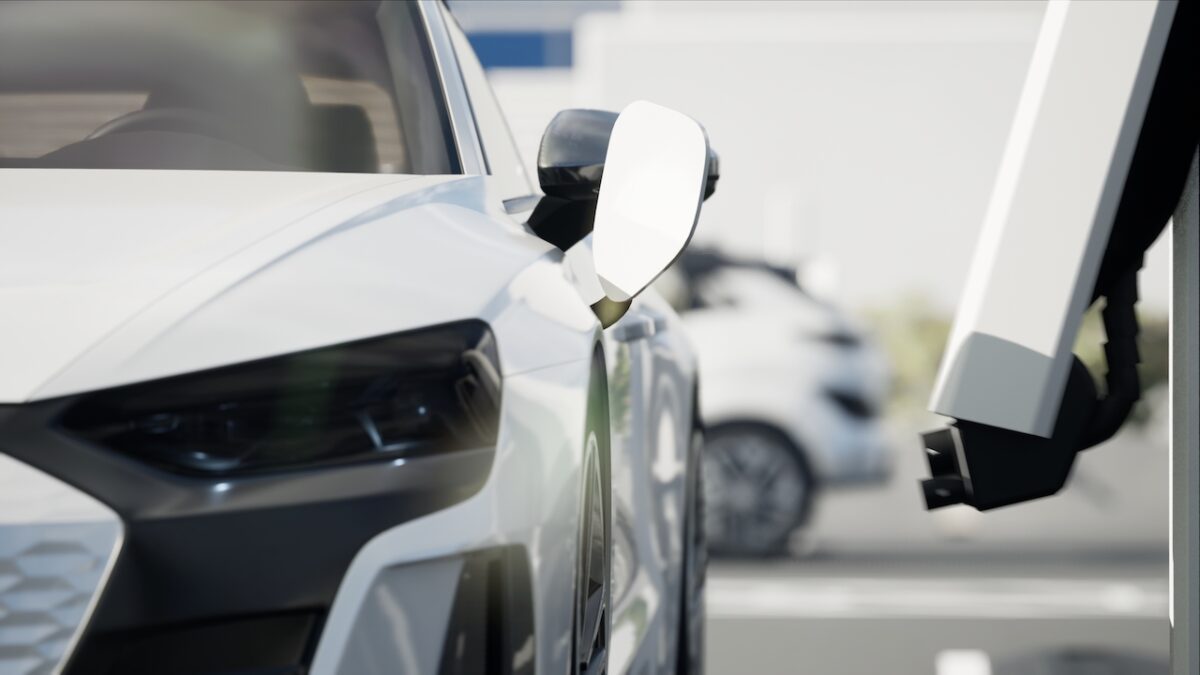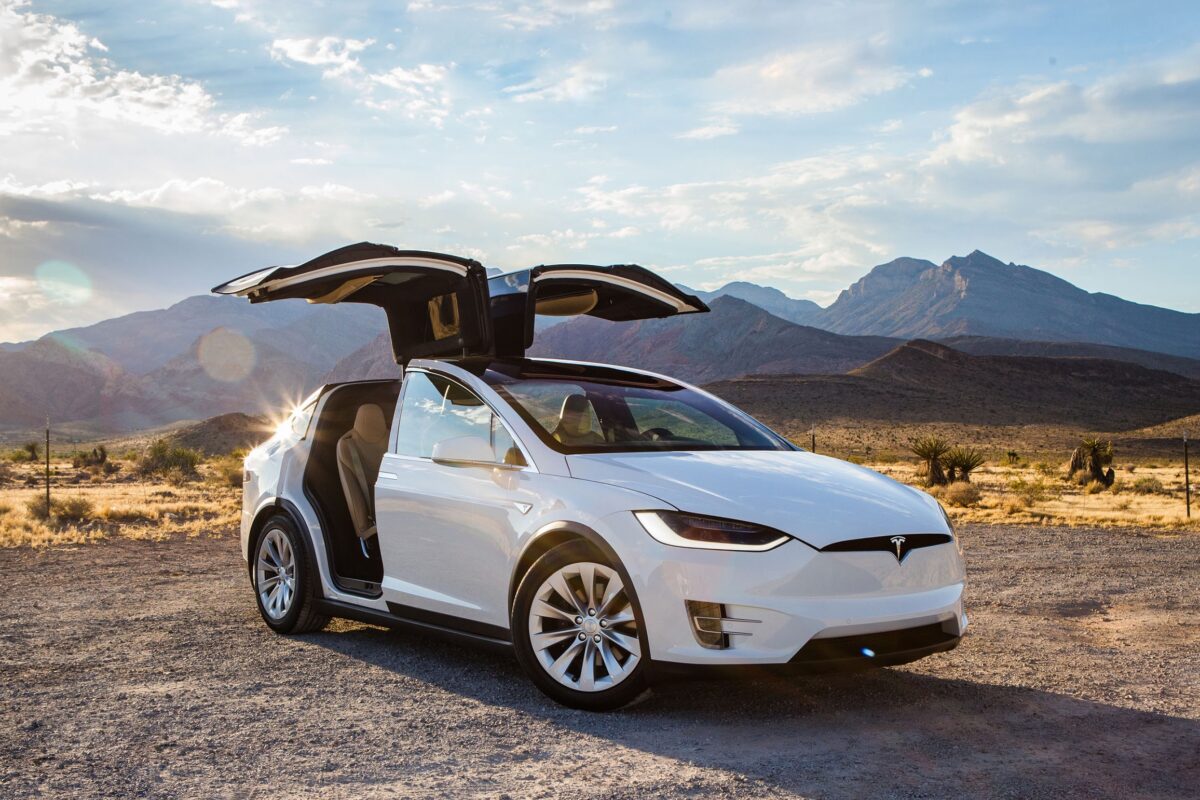The automotive industry strongly shaped the basic structure of the modern city across the world—a dense downtown core ringed by highways radiating out to suburban sprawl—in the first half of the 20th century as the car became the dominant form of personal transportation.
Today, however, leading cities that are transforming themselves in response to the challenges of climate change are radically restructuring mobility markets in ways that the automotive industry must grapple with. By proactively engaging with cities about the future of urban mobility, the automotive industry can configure its product and business strategy to adapt to this disruptive transformation.
Background
For over a decade, the writers have led a non-profit organisation that has worked globally with cities and networks of cities on their climate change strategies. We supported the launch of the Urban Sustainability Directors Network, a network of more than 200 municipal sustainability leaders in North America, and also helped launch the Carbon Neutral Cities Alliance, a network of 20 global cities committed to achieving carbon neutrality by 2050 or earlier. The most pioneering of these cities—we call them “urban climate innovation laboratories”—are trying, in just a few decades, to eliminate fossil fuels from their immense, complex systems of energy supply, transportation, buildings, and waste management. Just as systematically and rapidly, they are preparing their built infrastructures, ecosystems, economies, and residents to handle the grave impacts of extreme storms, rainfall, heat, drought, and rising seas—conditions already experienced by many cities and projected to get much worse.
One pillar of the modern city paradigm that is being upended by climate change is the overwhelming dependence on internal combustion engine (ICE) vehicles for urban mobility. Cities with a goal of carbon neutrality have to find ways to use their limited powers to decarbonise transportation systems
In 2018, we published Life After Carbon: The Next Global Transformation of Cities, which argues that the climate leadership of these cities is producing a new urban design paradigm—transforming the way cities design and use physical space, generate economic wealth, consume and dispose of resources, exploit and sustain the natural ecosystems they need, and prepare for the future. This paradigm is upending the pillars on which our modern cities were built. A possible future city, a radically different city than the modern one we know, is coming into view. And this is an evolution that will fundamentally reshape the markets into which the global automotive industry sells.
The goal of carbon neutrality drives mobility transformation
One pillar of the modern city paradigm that is being upended by climate change is the overwhelming dependence on internal combustion engine (ICE) vehicles for urban mobility. In addition to radically improving the energy efficiency of its buildings; decarbonising its electricity supply; and eliminating the use of fossil fuels for space and water heating/cooling, cities with a goal of carbon neutrality have to find ways to use their limited powers to decarbonise transportation systems.
In most cities, transportation emissions account for 30%-50% of greenhouse gas (GHG) emissions, the great majority of which comes from private household vehicles. Boston, a city whose climate strategy we have been deeply involved with, is a good example. Transportation accounts for 24% of the city’s emissions, and of that 24%, close to 70% comes from private vehicle use. Only 25% of transportation emissions come from trips that begin and end within the city limits. Close to 60% of emissions come from trips that are basically outside the scope of the city’s mass transit system – commuting trips from beyond the city’s two Interstate beltways.
What’s needed is a global collaborative applied R&D infrastructure focused on urban mobility where automakers, suppliers, regulators and cities come together to rapidly evolve the mobility products, standards and infrastructure of the future
There are two basic strategies for decarbonising transportation. Mode shift seeks to move people out of cars and into other forms of mobility such as walking, biking and public transit. Mode shift can be supported by a combination of investments in walking and biking infrastructure and improved public transit services, as well as incentives such as reduced or free transit, and penalties such as vehicle bans, congestion pricing and parking fees.
But with so much of the emissions coming from much longer distance trips in and out of the city, improvements in transit and active transportation have a relatively limited impact on the city’s contribution to transportation GHG. Getting to carbon neutrality therefore also requires fuel switching—eliminating the use of gasoline and diesel and replacing it with zero-carbon power sources, primarily electric vehicles powered by a clean grid, or hydrogen fuel cell vehicles powered by hydrogen produced by electrolysis using renewable energy. Fuel switching needs to happen in all vehicle uses—buses, trains, light duty passenger vehicles, light and medium duty trucks, fleets, and boats. This means the virtual elimination of the use of internal combustion vehicles for all types of trips within and in and out of the city.
How leading climate cities are transforming mobility
There are many aspects of mobility systems that cities do not control. The leverage cities have is that the majority of the world lives in urban areas, and that percentage is projected to only increase over time. Urban dwellers have to move within and in and out of the city to live. The city by and large controls the structure of the mobility system within their limits. They decide where and how to build roads; build and invest in transit; regulate and price parking; regulate buildings; charge tolls; and control traffic patterns. The climate innovation labs we studied are using all of these points of influence to align the structure of their mobility systems with their climate goals. The recent report by Automotive World, How will CASE mobility impact our cities? documents many of these strategies. Quick examples include:
- London and New York have implemented congestion pricing to reduce vehicle traffic downtown.
- Copenhagen has aggressively developed biking infrastructure and now 60% of daily commutes in and out of the city are made by bike.
- Oslo has achieved the highest market penetration of EVs of any city in the world (over 20%) through a combination of aggressive charging infrastructure development and pricing subsidies.
- Madrid provides free parking to car-sharing operations using EVs.
- Paris is banning diesel engine vehicles from the city starting in 2025.
- San Francisco is converting its entire public transit fleet to zero emissions fuel sources. Multiple cities are rapidly electrifying their vehicle and bus fleets and developing plans for the decarbonisation of freight delivery.
- Nine states in New England are working to implement a ‘cap and invest’ emissions trading scheme for transportation that will put an escalating price on transport carbon emissions.
- Multiple cities (Stockholm, Paris, Bogata, San Francisco) are experimenting with vehicle bans in parts of their cities.
The automotive industry has a strategic choice to make—it can try to slow this transition down to maximise revenues from traditional product lines, or get engaged and help shape the new future in a way that has a workable business model. We will all benefit from the latter
The rate of innovation in cities will only accelerate as more and more national governments (UK, Norway, France, China) announce future bans on the sale of ICEs in their markets. And while carbon reduction is a core motivator of this mobility transformation, a host of other benefits to a decarbonised mobility system, including cleaner air, improved public health and reduced congestion, will motivate accelerated change.
The direction is clear (the details less so)
The context within which the automotive industry has been designing, building and selling vehicles has remained remarkably stable since the 1940s. Cities, on the other hand, are undertaking a redesign of their mobility systems in the context of a very uncertain regulatory, technology and infrastructure future. While we know much about the pieces of the puzzle—connectivity, shared mobility, multi-modal systems, electrification, autonomy, changed land use, parking restrictions, vehicle bans, etc.—there are still many unanswered questions about how the puzzle gets put together. How will cities regulate the operation of autonomous vehicles? What kinds of roads should cities build, if any, and where? Should cities ban private cars in some or all of the city? How do we pay for roadbuilding where there is no “gas” for a “gas tax”? Who pays for charging infrastructure, and where does it go? What happens if cities eliminate parking requirements and parking spaces? How should we price EV charging? How do we handle the labour market disruptions that will come with this transformation—the thousands of jobs that will disappear in suppliers, dealers, gas stations and service stations, and the thousands that will emerge in totally different technologies?
By proactively engaging with cities about the future of urban mobility, the automotive industry can configure its product and business strategy to adapt to this disruptive transformation
The cities profiled in Automotive World’s special report, How are cities tackling the zero-emissions challenge?, show the diversity and creativity of the city responses to this uncertain future. Leading edge cities are serving as the ‘applied R&D labs’ of our future mobility system. The challenge will be to translate all of these experiments into a ‘system’ that works seamlessly at multiple scales. It is encouraging to see the way that some automakers are beginning to partner with cities to figure out this very uncertain future. But the response needs to be far more aggressive and far better coordinated than it has been to date. What’s needed is a global collaborative applied R&D infrastructure focused on urban mobility where automakers, suppliers, regulators and cities come together to rapidly evolve the mobility products, standards and infrastructure of the future.
The automotive industry has a strategic choice to make—it can try to slow this transition down to maximise revenues from traditional product lines, or get engaged and help shape the new future in a way that has a workable business model. We will all benefit from the latter.
About the authors: John Cleveland is President, and Pete Plastrik is Vice President of Innovation Network for Communities. The authors co-wrote ‘Life After Carbon: The Next Global Transformation of Cities’ (http://lifeaftercarbon.net)
This article is part of Automotive World’s special report, ‘How are cities tackling the zero-emissions challenge?‘, which is available now to download



